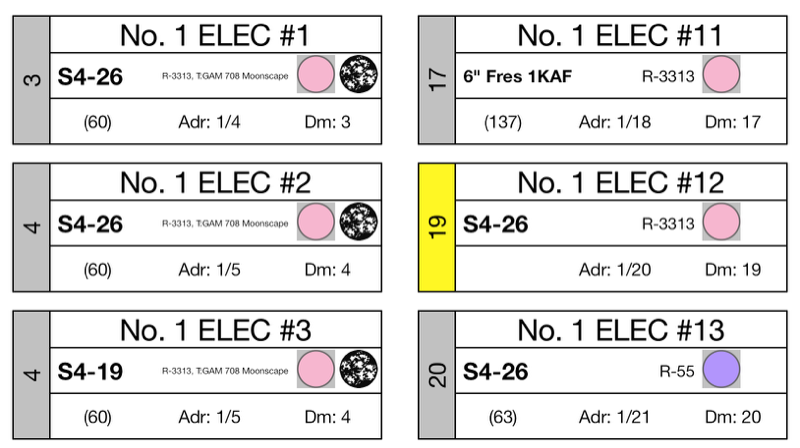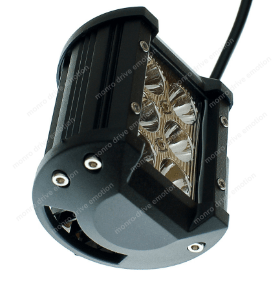

It was only a matter of time before Canon's excellent, fast, imaging-sensor-based phase-detection AF system, Dual Pixel CMOS AF (DPAF), made its way to the M series. The Canon EOS M5 was the next M model released and it featured many big upgrades that made it a compelling choice for those wanting DSLR-like capabilities and functionality in a smaller body. I also owned an M3 for a long period of time.Īn M10 hit the streets around the same time as the M3, though the M10 was positioned below the M3.

While the improvements were quite positive, I still struggled with it in some aspects even though it focused faster than the M, the M3 still seemed a bit slow and lacking in responsiveness. This camera packs very compactly and delivers excellent image quality. The M3 brought about some welcomed changes, including multiple dials on the top making some settings changes easier and faster, an improved AF system, a tilting LCD, a built-in flash and a better grip. Subsequently, an M2 model became available in some locales and the EOS M3 was (eventually) released globally. While the M's image quality per square inch (cm) and per lb (g) was a home run and that nearly all of Canon's entire lineup of DSLR accessories were available for it was a huge advantage, there were some aspects of this camera that left many of us wanting more. When Canon introduced their first mirrorless ILC, the EOS M model, we had the great Canon DSLR image quality we have grown to love in a tiny camera body.
#Lightwright 6 mark full#
Like the rest of the EOS M models, the M6 II is very well-built and Canon has packed a full set of controls into the small amount of space availed by the compact camera, making it easy to realize the image quality potential of this camera.įollowing is some M-series background information (skip to the features bullets if not interested): If 14 fps is not adequate for you, try the new 30 fps RAW burst feature with AF tracking and up to 0.5 seconds of pre shooting available.Īnd, featuring further improved, DIGIC 8-powered Dual Pixel CMOS AF, this camera is a great performer from the very-important image quality-affecting AF speed and accuracy perspective with Eye AF including in still and video servo modes performing exceptionally well. The 14-fps continuous frame rate with autofocus and autoexposure remarkably outperforms all Canon EOS models except the venerable Canon EOS-1D X Mark II which it remarkably matches. This includes both DSLR cameras and MILCs (Mirrorless Interchangeable Lens Cameras).įrom a performance perspective, this camera rocks. While the M6 II is a tiny camera, with the brand-new Canon 32.5 MP CMOS imaging sensor, it (along with the simultaneously-introduced EOS 90D) leads the pack terms of image quality among Canon's other current APS-C sensor format EOS models as of review time.
#Lightwright 6 mark update#



 0 kommentar(er)
0 kommentar(er)
